Is there a cow's milk protein allergy?


Related products
Is there a cow's milk protein allergy?
Everything you need to know about the cow's milk protein allergy.

Our immune system is tasked with protecting the body from harmful or foreign agents, such as bacteria and viruses. Food, although foreign to the body, is usually tolerated without any issue. However, in some individuals, the immune system becomes overly sensitive and reacts to specific foods as if they were harmful substances. This abnormal response leads to what we call a food allergy. Allergy and intolerance testing can empower you to make informed decisions about your diet and health. For a full range of options, browse Welzo’s Intolerance Test collection to find the right test for your needs.
Cow’s milk is one of the most common food allergens, especially in infants and young children. In those with cow’s milk protein allergy, the immune system overreacts to proteins in milk, leading to symptoms that may range from mild skin irritation to more serious reactions such as swelling, vomiting, or difficulty breathing. For some, symptoms can be delayed and show up hours or even days after consuming milk or dairy-containing products, making it harder to identify the cause without proper testing.
A person can be allergic to various foods — not just milk. Common culprits include nuts, eggs, shellfish, soy, and wheat. However, cow’s milk remains one of the most frequent allergens, especially during early childhood. If left undiagnosed, CMPA can cause chronic discomfort, poor digestion, skin issues, or even weight loss and nutrient deficiencies, particularly in young children who rely heavily on milk for nutrition.
If you suspect that you or someone in your care might have an allergy or intolerance to milk, testing is a useful first step. Welzo offers the Combined Allergy and Intolerance Blood Test, which checks for both food intolerances and allergic reactions to common items like dairy, helping you get clear answers from the comfort of home. For more extensive analysis, the Premium Intolerance Test examines your body’s response to over 200 food and non-food items and is a great option if you’re experiencing complex or persistent symptoms.
Understanding cow’s milk protein allergy and identifying it early can significantly improve your quality of life. With the right support and diet adjustments, symptoms can often be well-managed, and many children even outgrow the allergy as their immune system matures. In the meantime, eliminating cow’s milk proteins and seeking safe alternatives can help reduce reactions and promote better overall wellbeing.
Why is cow's milk important?
Cow milk is a major food consumed by people of all ages, particularly growing children. According to Statista, 15.5 million metric tons of cow milk were produced in the UK in 2021. According to compiled data, the country's average annual milk consumption per capita was 223.65 litres in 2017. Given that milk is a perfect diet, it is recommended in one form or the other for all age groups.If you are looking to understand if you have an allergy, our home Allergy Testing kit helps you to test more than 99 different allergens.
What is cow's milk protein allergy?
The allergy to cow milk is very common in children, and according to a fact sheet published by Anaphylaxis UK, it affects 2-3% of children under 1 year of age in the UK. The allergy to cow's milk is the most common and dangerous as cow's milk forms a major share of our food. Allergic reactions to the milk from other animals, e.g., buffalo, camel, sheep, goats etc., can also occur.
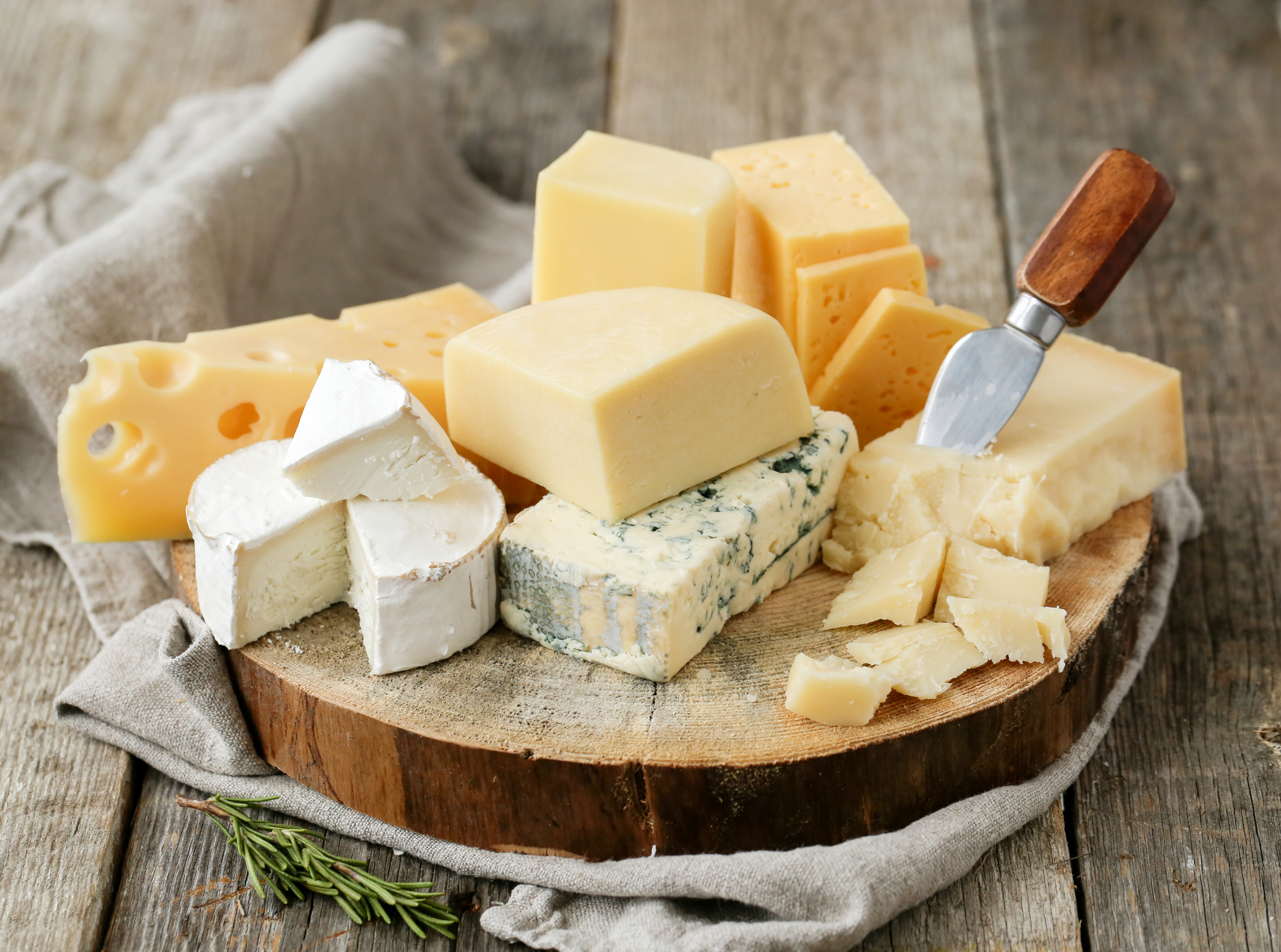
The allergic reactions to cow milk occur mostly after consuming milk, and the signs and symptoms can be variable and may result in life-threatening anaphylaxis. Let's discuss what causes cow milk protein allergy, the signs and symptoms and what you can do to avoid it.
What causes cow's milk allergy?
To understand it, you should understand cow milk chemistry. The cow's milk is 87.4% water. The rest, 12.6%, are solids. Among these solids, 3.5% share is of milk proteins. The major protein in cow's milk is casein which is 80% of all milk proteins. Besides this, milk also has whey proteins, which form 20% of the total proteins. Milk also has 4-5% sugar, the major part of which is lactose.
Whey is the thin liquid which is left behind as the milk curdles. Milk allergies are mostly caused by proteins and lactose (lactose intolerance). The immune system identifies these proteins as foreign agents and produces antibodies against them (predominantly IgE). These antibodies target the milk proteins, causing allergic reactions.

One-time exposure will result in the production of memory cells. Whenever you come across these proteins next time, these memory cells signal the immune system to release chemicals, e.g., histamine etc, which are responsible for the signs and symptoms of allergic reactions.
What are the symptoms of a cow milk allergy?
Some major symptoms caused by a milk allergy include;
Anaphylaxis
It is a severe and life-threatening situation which can result in respiratory difficulty through constriction of respiratory airways and death in severe cases. Besides milk, it can also be caused by other foods allergens, e.g., nuts, eggs etc. It is a hospital emergency and needs immediate treatment in the emergency room. The common symptoms of anaphylaxis are;
-
Loss of consciousness
-
Anxiety and confusion
-
Wheezing
-
Increased heartbeat
-
Fainting
-
Lightheadedness
-
Breathing problems
-
Clammy skin
-
Skin reactions e.g., itching, hives, paleness, flushing etc.
-
Swelling of throat and constriction of airways leading to respiratory failure
-
Symptoms of shock, e.g., unconsciousness and rapid decrease in blood pressure.
It is an immediate type of response. The common treatment is adrenaline injections. You should keep an eye on these signs of anaphylaxis and report to the doctor.
Food protein-induced enterocolitis syndrome (FPIES)
It is a delayed type of food allergy, and the symptoms usually appear hours after consuming food. The common symptoms are vomiting and diarrhoea. It resolves over time, however, you must avoid milk and milk products.
The IgE antibodies do not mediate it. Although it is mainly diagnosed in infancy, adults and older children are also affected. The chronic form of EPIES results in protracted diarrhoea, vomiting and weight loss or failure to gain weight (failure to thrive). Besides cow's milk, it can also be triggered by eggs, fish, rice, soy, and other allergens. Besides the clinical signs, blood tests can also help in the diagnosis. Our IgE (Immunoglobulin E) Blood Test can help you detect the IgE levels responsible for most food-borne allergies. All it needs is a small drop of blood through a finger prick. To learn more about Allergies, read our comprehensive guide that covers: Allergies:, Types, Causes, Symptoms, Diagnosis, and Treatment options. If you are looking for treatments for hay fever or general allergens, then visit our extensive page with allergy and hayfever medication and tablets.
What are the risk factors of cow milk allergies?
The allergy is mostly triggered by milk or milk products. However, some factors increase the risk of milk allergies. These include;
Age
It is a common issue at a young age as the immune system in young is not fully developed yet. As the baby matures, the immune system also becomes mature, and the chances of allergic reactions are reduced. The immune system also becomes less responsive to the same triggers with the passage of time.

A study published in the Italian Journal of Paediatrics in 2010 noted that the prevalence of cow's milk protein allergy is highest in the first years. It resolved in 50% of the children in the first year and 80-90% in the second year.
Family history
Some factors responsible for food and milk allergies are inherited. If one or both of your parents have this issue, you are more likely to have it. A 2016 study published in the Clinical and Translational Allergy confirmed its association with genetics.

Other infections and allergies
Children with other allergic reactions and infections are also more likely to have food allergies. Examples are atopic dermatitis, hay fever, eczema, hives, asthma etc.
What are the complications of cow milk allergy?
A food allergy will result in more severe health complications. Children having cow milk allergies are prone to some more server complications, e.g.,
Malnutrition
The cow milk allergy requires a child to avoid milk and milk products which are the major source of proteins, vitamins and minerals for the baby. The baby will likely experience nutritional deficiencies leading to stunted growth and weakness. Such babies are likely to lag in learning too.

Protein-energy malnutrition (PEM) is a very common condition in childhood due to the deficiency of energy, proteins and various micronutrients. It results in stunted growth, loss of weight and edematous malnutrition. Protein allergy has been identified among the major causes of PEM.
Poor quality of life
Milk and milk products are everywhere, e.g., hot dogs, salad dressings, pizza, pasta etc. Control of cow milk allergy requires you to avoid all these foods. Your or the baby's food choices become more and more narrow. You can imagine the consequences on your quality of life.
How can you prevent a cow milk allergy?
Allergy prevention for foods requires you to avoid the foods that cause your allergic response. Your objective should be to achieve a cow's milk-free diet. The following points will help you to achieve this objective.
-
Keep your allergic child away from milk and milk products. But, milk products are too common and you need a rigorous eye on them. A good practice is to read the labels on processed foods and see if they have any milk proteins.
-
Casein, the major cause of milk allergy, is also present in many non-dairy products. Ask about the ingredients before ordering any food from the restaurants.
-
Some common milk products to be avoided are; ice cream, cheese and cheesy products, butter, yoghurt, gelato, whole milk, skim milk, low-fat milk, butter milk etc.
-
Besides these products, milk and milk ingredients are also present in many processed products. These products include processed chocolate, candies, protein powders, nougat, caramel, artificial chess and butter flavours, hydrolysates, etc.
-
Some products labelled as non-milk or non-dairy may also contain milk proteins. So, it would help if you doubled check it with the manufacturers.
-
If you are susceptible to more severe and life-threatening infections, you should ask your doctor to provide you with some emergency drugs, e.g., adrenaline.
How can you manage nutritional deficiencies?
Complete avoidance of milk and milk products can cause you to go deficient in important nutrients, particularly proteins. However, the following options are available for you and your baby.
Soy-based products
Soy is a rich source of proteins. Some soy products are enriched to cover the nutritional deficiencies, but sometimes, people allergic to milk are also allergic to soy or soy products. Cross-check if you are allergic to soy products or not.

Breastfeeding
Breast milk is the complete nutritional formula for your baby. It provides all essential nutrients without the risk of allergic reactions. So, if your baby is allergic to milk and milk products, carry on breastfeeding as long as possible.
Use hypoallergenic milk formulas.
These products contain enzymes in them that break down the allergic proteins. Using filtering and heat during the processing also reduces the risk of allergic proteins. These are also available as elemental formulas in the market. Some of these formulas contain amino acids instead of proteins, reducing the risk of allergic reactions.
If breastfeeding, you also need to remove all milk and milk products from your diet, as the allergic proteins can pass through the breast milk and reach the baby through breast milk.
Bottom-line
Cow milk allergy is among the most common food allergies. It can be a severe but not so-common issue. It is particularly important in the initial years and can result in mild to severe symptoms. For treatment and prevention, you must exclude all milk and milk-based products from your and your baby's diet.

But milk products are present in diverse foods, and complete avoidance is impossible. On your part, you need to keep an eye on the signs and report to your healthcare provider as soon as any signs are apparent.
Some symptoms of milk protein allergy are also common with other food allergies. So, you need to know if you are allergic to any other food. Our Food Intolerance test can help you to detect food intolerance through a blood sample.






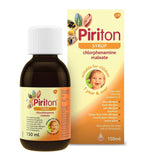

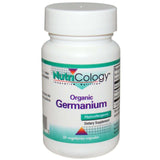
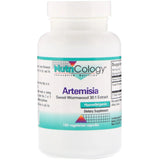




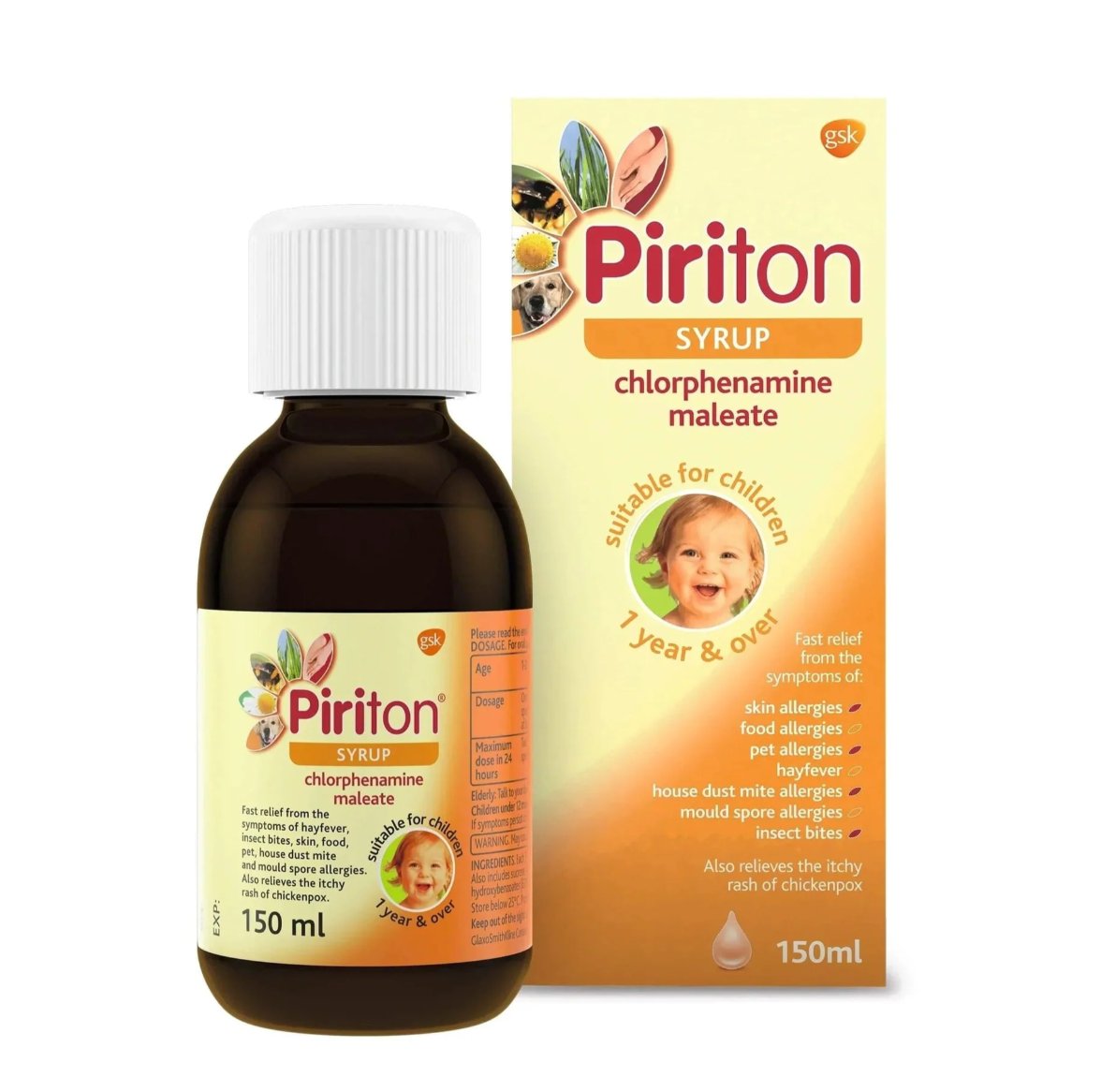


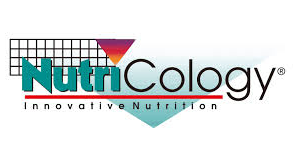




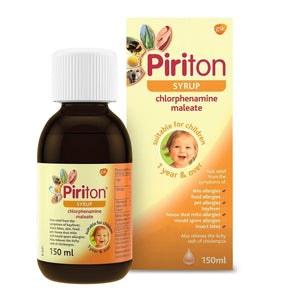


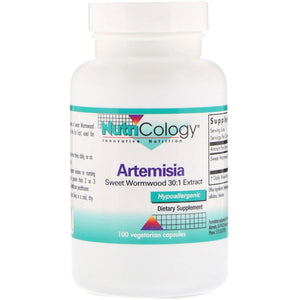
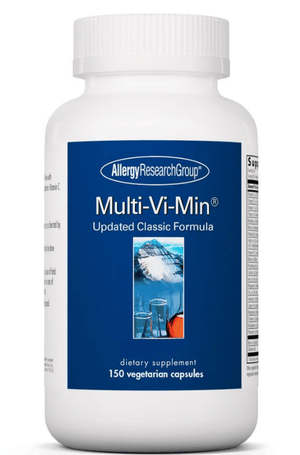








 Rated Excellent by 26,523+ Reviews
Rated Excellent by 26,523+ Reviews